Cardiovascular stenosis less than 40% Is it possible without medication?
In the clinical setting, medications need to be taken in conjunction with long term goals.
In terms of stenosis alone, a coronary stenosis of no more than 40% is an optimistic scenario, at least in the short term, without too many abnormalities or dangers, but it is impossible to look at the immediate future, and we need to further consider the subsequent development of the problem.
There are stages in any disease, and this patient is really not at risk at the moment, but if timely interventions are not taken then the condition (degree of stenosis) will get worse over time, so the medication does need to be taken from this point of view.
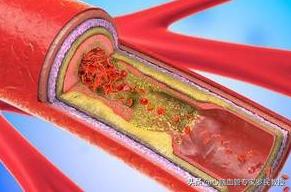
What are the medications patients need to take?
1, Anticoagulants
The most commonly used are aspirin and clopidogrel, which can inhibit platelet activity aggregation to avoid atherosclerosis too fast and the formation of blood clots.
2, Lipid regulating drugs
This generally refers to medications such as suvastatin and atorvastatin, which stabilize plaques and prevent sudden ruptures and rapid enlargement.
3, Related drugs
This is related to the type of disease associated with the patient, such as high blood pressure and diabetes, when antihypertensive and hypoglycemic drugs need to be added as appropriate.
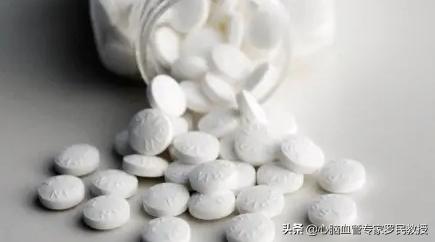
But even with consistent medication, the disease still progresses!
Drugs do not cure the disease, but only serve to control the condition and delay the rate of deterioration.
One can understand that it is an enhanced version of life regulation and has some side effects that need to be taken under a doctor's supervision.
This period is the early stage of the disease, the patient basically has no risk, in my opinion, is the best time for treatment, we can completely carry out a detailed and comprehensive examination of the patient to explore the major causes of coronary artery stenosis, to find out one of the most important one, and then carry out the treatment for the cause, so that may be able to immediately terminate the course of the disease, to avoid the coronary artery blood vessels re-stenosis, affecting the blood supply to the heart muscle.
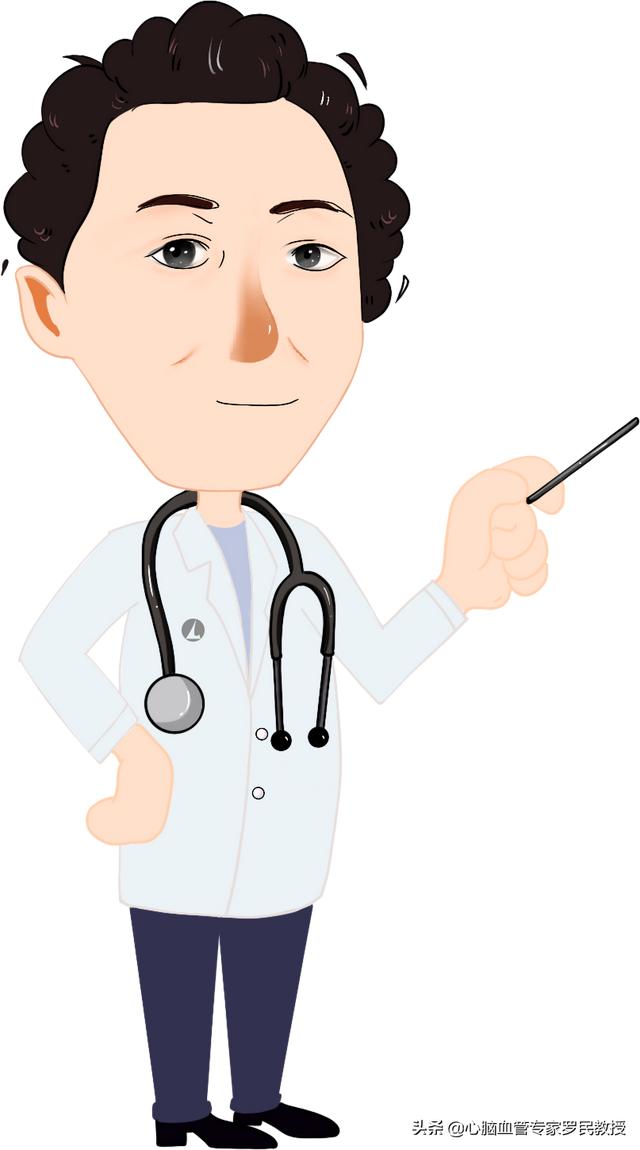
I hope my answer helps you!
If there's anything you don't understand, comment and private message me!
Coronary artery stenosis <40% is at least coronary atherosclerosis, which requires active control of blood pressure lipids and blood glucose, and most still require medication.
First of all, several large coronary artery stenosis stenosis reaches 50%, is coronary heart disease; stenosis <50%, at least belong to the coronary atherosclerosis, there is the possibility of evolving into coronary heart disease, is also should be actively controlled. Coronary artery 40% stenosis, most of the combination of hypertension, diabetes mellitus, hyperlipidemia and other underlying diseases, this time should be actively controlled by drugs blood pressure, blood lipids and blood sugar.
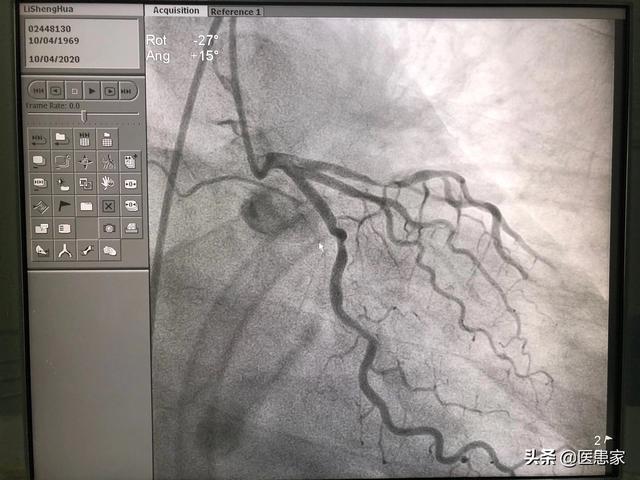
This 40% coronary stenosis, although in most cases temporarily does not affect the blood supply of the coronary arteries, but in the case of smoking, extreme fatigue, etc., can occur coronary artery spasm, plaque rupture, angina and even myocardial infarction, which is not without problems. Moreover, if risk factors such as the three highs are not actively controlled, coronary atherosclerosis will progress and eventually become true coronary heart disease.
Therefore, even if the coronary artery stenosis is only <40%, we should actively control the "three highs", quit smoking, limit alcohol, actively exercise, and control body weight to avoid the aggravation and progression of coronary atherosclerosis. The control of the "three highs" mostly requires drug intervention, so don't take a chance.
Is it okay to have a cardiovascular stenosis less than 40% without medication? The answer is no, you have to take medicine. Otherwise, the stenosis will get worse.

Coronary heart disease and coronary atherosclerosis?
The arteries through which the heart supplies itself with blood are called coronary arteries. There is a criterion for what we usually call coronary heart disease, which is a narrowing of the coronary arteries greater than 50%. When the narrowing of the coronary arteries is less than 50%, it is called coronary atherosclerosis.
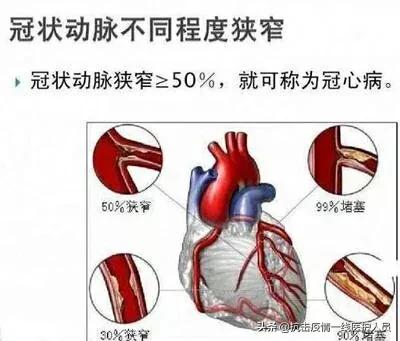
There is a difference between the two medications for coronary artery disease and coronary atherosclerosis?
- There are two medications that patients with coronary artery disease must take; one is an antiplatelet drug, most commonly aspirin. Aspirin prevents platelet aggregation and has the ability to prevent myocardial infarction. If there is an intolerance to aspirin, such as an aspirin allergy or if there is gastrointestinal bleeding, clopidogrel can be that.
- Another medication that must be taken is statins, commonly known as atorvastatin and resuvastatin. Statins have the ability to stabilize plaque and also reverse it.
In contrast to coronary artery disease, statins are mandatory for patients with coronary atherosclerosis. Otherwise the plaque will get bigger and bigger. The disease will also get worse.
- But at 40% narrow, it's debatable whether to take aspirin or not. Those who qualify can take it, those who don't don't have to. Taking it may be harmful instead.
- It is optional for people between the ages of 40-70 and who are at low risk of gastrointestinal bleeding.
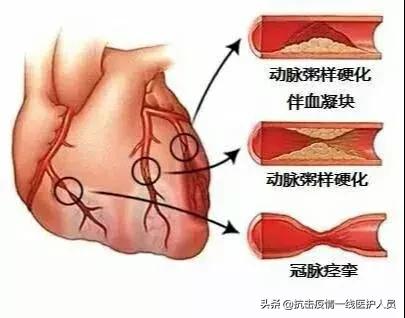
Summary.
- Although coronary artery stenosis of less than 40% is not considered coronary artery disease at this time, statins should be taken, and aspirin should be taken or not.
- In addition to medications, active intervention of risk factors is needed, such as active treatment for those with hypertension and diabetes, smoking cessation for those who smoke, weight loss for those who are obese, and so on.
This question and answer are from the site users, does not represent the position of the site, such as infringement, please contact the administrator to delete.